Bodybuilding vs Weightlifting: Is It the Same Thing?
Author:
Reviewed by:
(21 years of Oly Lifting experience)
Unlock your full potential by engaging with our experts and community! Have questions about your fitness journey or looking for expert advice on weightlifting techniques? Don’t hesitate — leave a comment below and Ihor Shymechko will provide a personalized answer and insights to help you reach your goals.
Torokhtiy is reader-supported. Some links are affiliate links, and we may earn a commission at no extra cost to you. See our disclosure page for details.
Bodybuilding and weightlifting are two of the most popular strength sports. They share some similarities, but there are also many differences. Bodybuilding is a sport that focuses on developing the muscles of the body, while Olympic weightlifting focuses on lifting as much weight as possible. In this article, we will compare and contrast these two sports in terms of their history, training methods, goals, and benefits.
Bodybuilding and weightlifting are two distinct types of strength training. Bodybuilding emphasizes muscle hypertrophy and aesthetics while Olympic weightlifting focuses on the snatch and the clean and jerk, for maximal weight lifted. Bodybuilding involves muscle group exercises, while weightlifting uses compound movements.
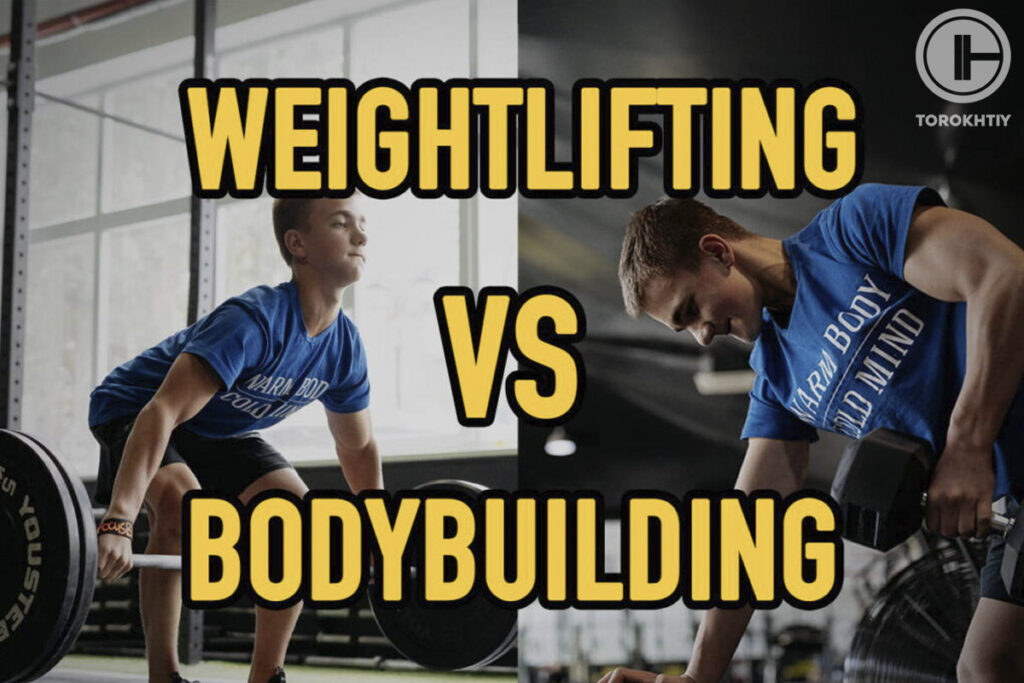
What Is Weightlifting?
Olympic weightlifting is a sport in which athletes compete to lift the maximum weight in two specific lifts: the snatch and the clean and jerk. The snatch involves lifting a barbell from the ground to overhead in one smooth motion, while the clean and jerk involves lifting the barbell to the shoulders, then pushing it overhead in two separate movements.
Weightlifting competitions consist of three attempts at each lift, and the athlete with the highest total weight lifted in both lifts combined is declared the winner. The sport requires a combination of explosive strength, speed, technique, and mental focus.
Olympic weightlifting is a popular sport in many countries and is also included as an event in the Olympic Games. In addition to being a competitive sport, weightlifting is also used as a form of training for athletes in other sports and as a way to build strength and fitness for recreational athletes. Proper technique and form are essential to perform the lifts safely and effectively, and many weightlifters undergo extensive training and coaching to improve their skills and achieve their goals.
The history of Olympic weightlifting can be traced back to ancient Greece, where weightlifting competitions were held as part of the ancient Olympic Games. However, the modern Olympic weightlifting as we know it today began in the late 19th century, with the development of standardized rules and techniques.
The first modern Olympic weightlifting competition was held at the 1896 Olympic Games in Athens, Greece, where athletes competed in the one-handed lift and two-handed lift. The sport continued to evolve over the years, with the addition of new lifts and the establishment of weight classes.
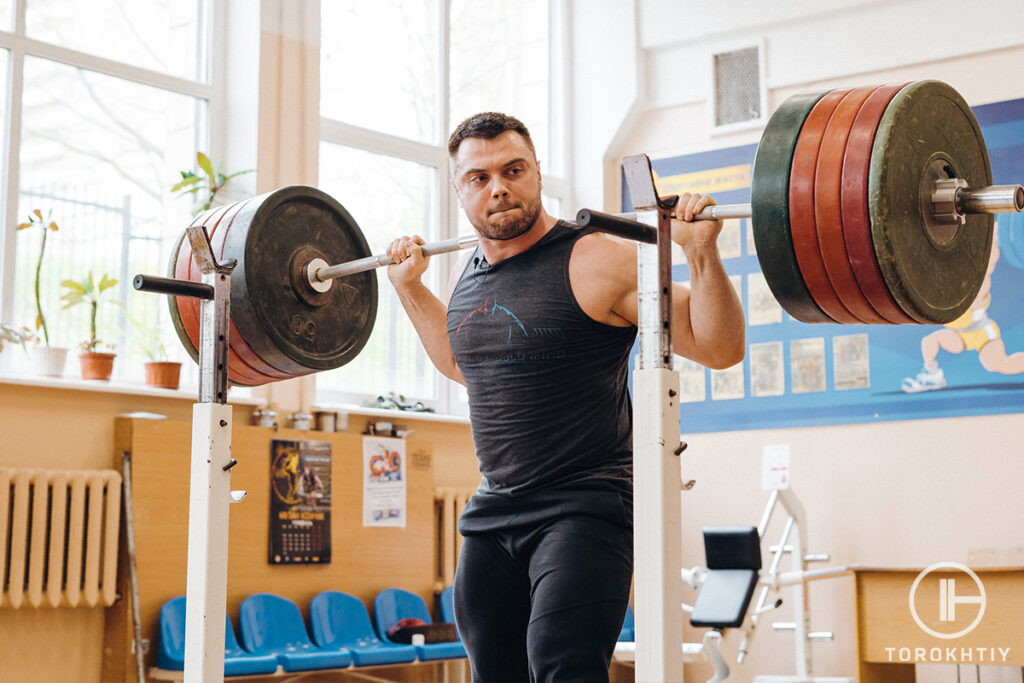
In 1920, the International Weightlifting Federation (IWF) was founded to govern and promote the sport worldwide. The IWF has since overseen the growth of weightlifting as a competitive sport, with the inclusion of new lifts and the establishment of new weight categories.
Today, Olympic weightlifting is a highly competitive sport, with athletes from around the world competing in international competitions and the Olympic Games. The sport continues to evolve and grow, with new techniques and training methods being developed to help athletes lift even greater weights.
Olympic weightlifting is a highly demanding sport that requires the activation and coordination of multiple muscle groups. The two main lifts, the snatch and the clean and jerk, involve the use of the entire body, with a focus on explosive strength and power.
The snatch primarily works the muscles of the legs, hips, back, and shoulders. The quadriceps, hamstrings, glutes, and lower back are all heavily engaged during the initial pull from the ground, while the shoulders, upper back, and arms are activated during the overhead phase of the lift.
The clean and jerk also targets the legs, hips, back, and shoulders, with a greater emphasis on the upper body. The quadriceps, hamstrings, and glutes are used during the initial pull from the ground, while the upper back, shoulders, and arms are heavily engaged during the jerk phase of the lift.
In addition to these primary muscle groups, Olympic weightlifting also requires the activation and coordination of the core muscles, including the abs and lower back, as well as the stabilizer muscles throughout the body. Proper technique and form are essential to effectively engage these muscles and perform the lifts safely and efficiently.
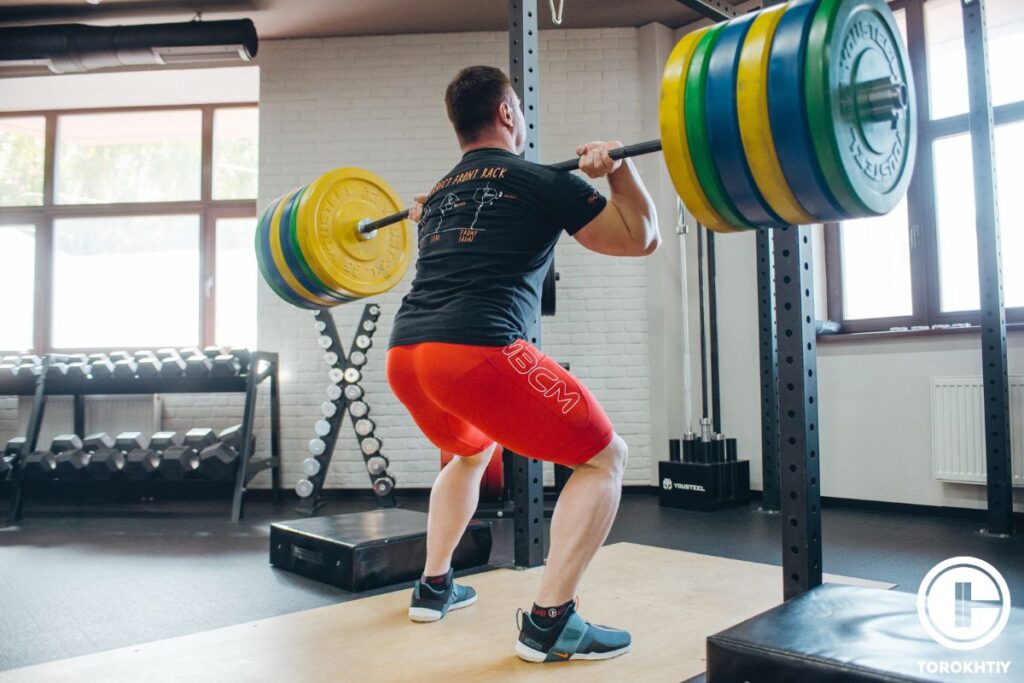
Weightlifting Workouts
Olympic weightlifting workouts typically involve a combination of exercises designed to build strength, power, and explosiveness. These workouts may include: warm-up, skill work, Olympic lifts, strength training, accessory exercises, cool-down.
Skill work: Practicing the technique of the snatch, C&J, and other accessory lifts to refine form and build proficiency.
Olympic lifts: Working on the snatch and C&J, either with lighter weights for skill development or heavier weights for strength and power development.
Strength training: Exercises that focus on building strength in the key muscle groups used in weightlifting, including squats, pulls, and presses.
Accessory exercises: Exercises that target specific muscle groups and help address weaknesses or imbalances, such as pull-ups, rows, and core work.
Workouts can vary in duration and intensity depending on the athlete’s training goals, level of experience, and competition schedule. A typical Olympic lifting training program may involve 3-5 sessions per week, with periods of higher intensity and volume leading up to competition.
Weightlifting Pros & Cons
Positives:
Could be better:
Follow us!

Free!
Get a 2-week Weightlifting Program as a bonus for the subscription to kickstart your training plan!

Free!
What Is Bodybuilding?
Bodybuilding is a sport or activity that involves developing the musculature of the body through weight training, nutrition, and supplementation. The goal of bodybuilding is to create a physique that is both aesthetically pleasing and symmetrical, with well-defined muscles and low levels of body fat.
The common question: does bodybuilding make you stronger? Bodybuilding typically involves a combination of resistance training exercises, such as weight lifting and bodyweight exercises, as well as cardiovascular exercise and a focus on nutrition and recovery. Bodybuilders aim to build muscle mass and strength, while reducing body fat to achieve a lean, defined physique.
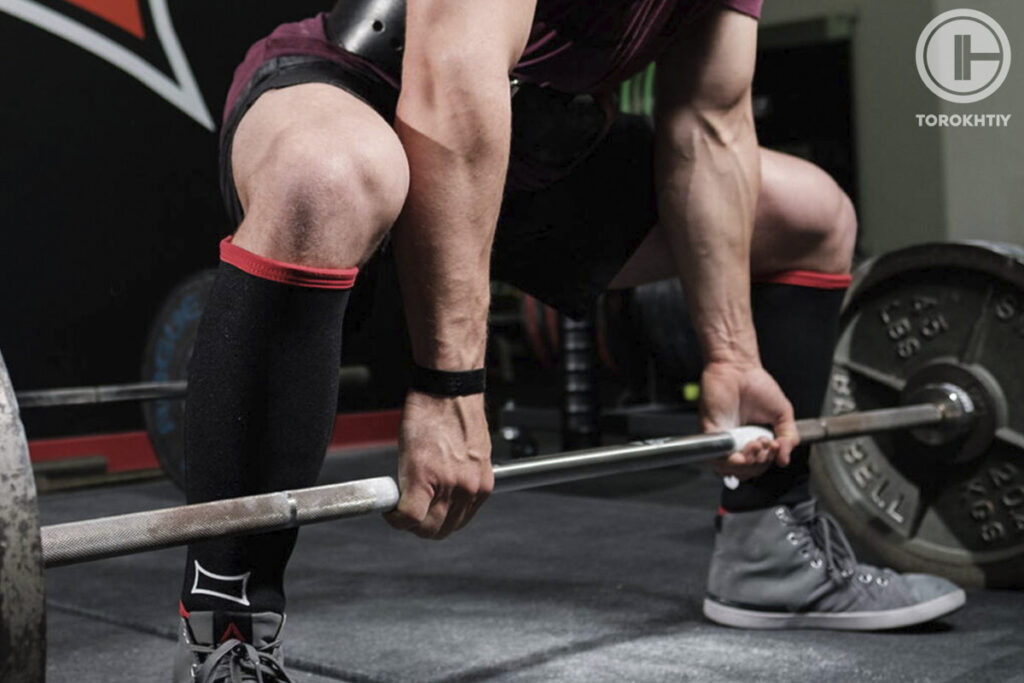
Bodybuilding competitions typically involve athletes competing in various weight classes and divisions, based on their body size and level of development. Competitors are judged on a variety of criteria, including muscle size, symmetry, definition, and overall appearance.
Bodybuilding has become increasingly popular over the years, with many gyms and fitness centers offering specialized equipment and programs for those interested in the sport. While bodybuilding is often associated with competitive bodybuilding, many people engage in the sport for personal fitness and aesthetic goals.
Bodybuilding has its roots in ancient Greece and Rome, where physical fitness and strength were highly valued. However, modern bodybuilding as a sport and activity developed in the late 19th and early 20th centuries.
One of the early pioneers of bodybuilding was Eugen Sandow, a German bodybuilder who performed in traveling shows and competitions in the late 1800s. Sandow was known for his impressive physique and helped to popularize the sport of bodybuilding.
In the early 1900s, bodybuilding competitions began to emerge, with the first Mr. America contest being held in 1939. Bodybuilding continued to gain popularity throughout the 20th century, with the establishment of organizations such as the International Federation of Bodybuilding and Fitness (IFBB) in the 1940s and the Mr. Olympia competition in the 1960s.
During the 1980s and 1990s, bodybuilding experienced a surge in popularity, due in part to the success of athletes such as Arnold Schwarzenegger, who became a household name and helped to bring bodybuilding to the mainstream. Today, bodybuilding continues to be a popular sport and activity, with a variety of competitions and organizations around the world.
Bodybuilding typically involves targeting multiple muscle groups in the body to promote muscle growth, strength, and definition. Some of the primary muscle groups targeted during bodybuilding exercises include: chest, back, shoulder, arm, abdominal, leg muscles. It’s important to note that bodybuilding workouts can vary in terms of the specific muscles targeted and the exercises performed.
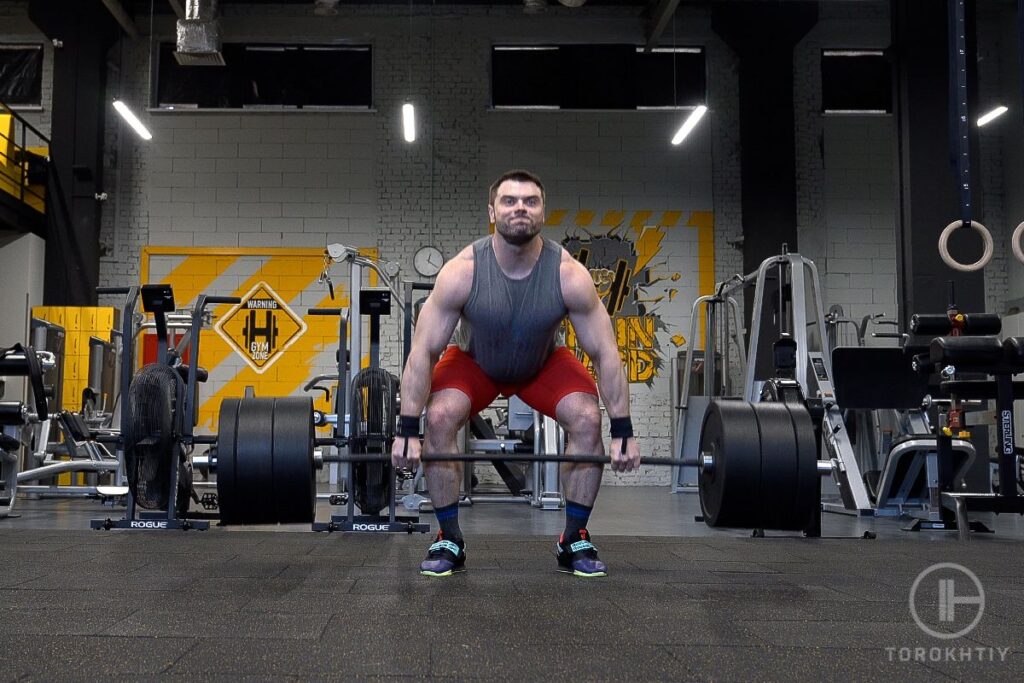
Bodybuilding Workouts
Bodybuilding workouts typically consist of a combination of resistance training exercises, cardiovascular exercise, and proper nutrition to promote muscle growth, strength, and definition. It is common to look for information about bodybuilding vs strength training. Here are some key aspects of bodybuilding workouts:
Resistance training: This involves using weights, resistance bands, or bodyweight exercises to challenge the muscles and promote muscle growth. Bodybuilders often perform exercises such as squats, deadlifts, bench presses, and bicep curls.
Cardiovascular exercise: While bodybuilders primarily focus on building muscle mass, cardiovascular exercise is important for overall health and fitness. Many bodybuilders include cardio sessions in their workouts to burn calories, improve cardiovascular health, and reduce body fat.
This is the main difference between bodybuilding and strength training.
Bodybuilding Pros & Cons
Positives:
Could be better:
While bodybuilding can improve self-confidence, it can also lead to body image concerns and obsessive focus on physical appearance. This can be particularly problematic for individuals with a history of body dysmorphia or eating disorders.
Weightlifting vs Bodybuilding Comparison
So what is the difference between weightlifting and bodybuilding?
Training Methods in Bodybuilding and Weightlifting
The training methods for bodybuilding vs weightlifting are very different.
Bodybuilders typically use a combination of weightlifting, resistance training, and cardio to develop their muscles. They focus on building muscle mass and definition, with an emphasis on aesthetic appearance. Bodybuilders use a variety of training techniques, such as high-volume training, pyramid training, and drop sets, to build muscle mass.
Olympic weightlifters, on the other hand, focus solely on the two Olympic lifts – the snatch and the clean and jerk. They use a variety of training techniques, such as plyometrics, and explosive lifting, to increase their strength and power in these lifts. Olympic weightlifters also incorporate accessory lifts, such as squats and pulls, into their training to build strength in their legs and core.
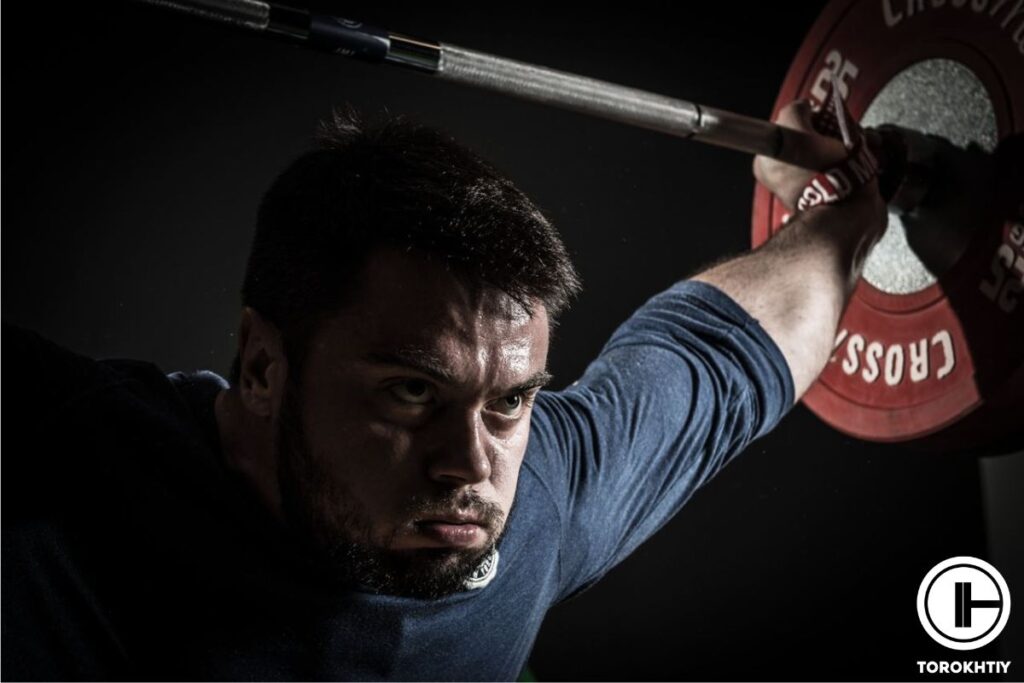
Goals in Bodybuilding and Weightlifting
The goals of weightlifting vs bodybuilding are also very different.
Bodybuilders aim to develop their muscles to achieve a certain aesthetic look. They strive to have a lean and defined physique, with a low body fat percentage. Bodybuilding competitions are judged on the appearance of the athletes’ muscles and their overall presentation.
Olympic weightlifters, on the other hand, focus on lifting as much weight as possible in the snatch and clean and jerk. They aim to lift the most weight in these two lifts to win competitions and set records.
Injury Risks
In terms of injury risk, bodybuilding is generally considered to be a safer sport than Olympic weightlifting. The use of proper form and technique is important in both sports to reduce the risk of injury, but weightlifting is a more technically demanding sport that requires a higher level of skill and experience to perform safely.
FAQ
Is Weightlifting The Same As Bodybuilding?
No, they are not the same.
Weightlifting is a competitive sport where athletes compete in two lifts, the snatch and the C&J for maximum weight lifted. It emphasizes power, speed, and technique, and is primarily focused on building strength and explosiveness.
Bodybuilding is a form of fitness that involves building muscle mass and definition through resistance training and a diet. The goal is to develop a physique with a focus on aesthetics and symmetry.
Are Weightlifters Stronger Than Bodybuilders?
Weightlifters and bodybuilders have different types of strength. Weightlifters focus on explosive power and strength in the snatch and the clean and jerk. They typically train with heavier weights and lower reps to develop maximal strength and power.
Bodybuilders focus on building muscle mass and definition through a variety of exercises and training methods. They typically train with lighter weights and higher reps to induce muscle hypertrophy and develop muscle size and definition.
Why Do I Gain Strength But Not Size?
There are several reasons why someone might gain strength but not size: training intensity, training volume, genetics, nutrition, rest and recovery. Overall, gaining strength vs muscle size is not uncommon, but if you’re looking to build muscle size, you may need to adjust your training, nutrition, or recovery habits to support that goal.
Conclusion
In conclusion, bodybuilding and Olympic weightlifting are two very different sports with unique histories, training methods, goals, and benefits. Bodybuilding focuses on developing the muscles of the body for aesthetic purposes, while Olympic weightlifting focuses on power, technique and explosive strength. Now it’s your turn to talk to me. What is your choice: OLY or bodybuilding? Is there any question I forgot to answer? Talk to me in the comments.
Also read:
- What Does PR Mean in Gym
- Best Weightlifting Books
- Bodybuilding vs Weightlifting
- Functional Fitness Vs Weightlifting
- Olympic Weightlifting Physique
- What Age Should You Start Lifting Weights
- 2 Day a Week Olympic Weightlifting Program
- 10 Week Olympic Weightlifting Program
- Women’s Weight Training Program
References:
- International Weightlifting Federation // IWF: https://iwf.sport
- International Fitness and Bodybuilding Federation // IFBB: https://ifbb.com/
- Arnold Schwarzenegger // Wikipedia: https://en.wikipedia.org/wiki/Arnold_Schwarzenegger
Why Trust Us?
With over 20 years in Olympic weightlifting, strength training, nutrition coaching, and general fitness our team does its best to provide the audience with ultimate support and meet the needs and requirements of advanced athletes and professional lifters, as well as people who strive to open new opportunities and develop their physical capabilities with us.
By trusting the recommendations of our certified experts in coaching, nutrition, and sports training programming, as well as scientific consultants, and physiotherapists, we provide you with thorough, well-considered, and scientifically proven content. All the information given in the articles concerning workout programming, separate exercises, and athletic performance, in general, is based on verified data.
The product testing process is described in more detail here.
Author: Ihor Shymechko
Pro Olympic Weightlifter, Coach
Best Results: Snatch – 208 kg,
C&J – 240 kg
Ihor has been a professional weightlifter since 1996, boasting over two decades of competition experience. His notable achievements include clinching the European Championship in 2009 and securing a silver medal in the 105kg division at the Senior World Championships in 2011. Ihor represented his country in the 2008, 2012, and 2016 Summer Olympics. After retiring from competitive weightlifting, he transitioned to coaching, leveraging his vast experience to guide athletes who now compete on both national and international stages.
Reviewed by: Oleksiy Torokhtiy
Olympic Weightlifting Champion, PhD in Sport Science
Best Results: Snatch – 200 kg,
C&J – 240 kg
Oleksiy Torokhtiy is a professional athlete boasting 20 years of experience in Olympic weightlifting. With multiple European and World titles under his belt, he has showcased his prowess in two Olympic Games (Beijing 2008 and London 2012). Upon concluding his illustrious career, Oleksiy dedicated himself to coaching. By 2022, he had conducted over 200 weightlifting seminars worldwide. He is the visionary behind an international sportswear and accessories brand known for its motto, “Warm Body Cold Mind.” Additionally, he is an esteemed author and the creator of a series of training programs and eBooks.




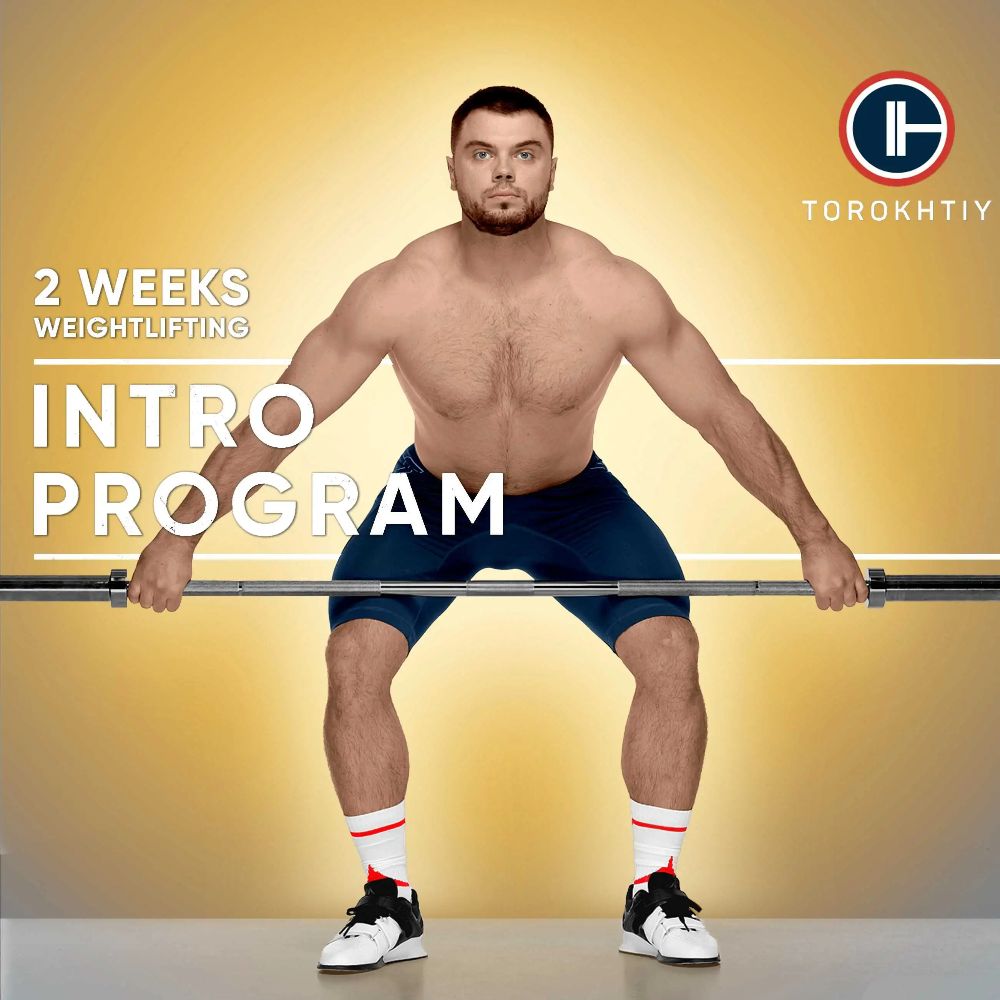
Still have questions after reading our article? Unlock your full potential by engaging with our experts and community! Don’t hesitate — leave a comment below and Ihor Shymechko will provide a personalized answer and insights to help you reach your goals.